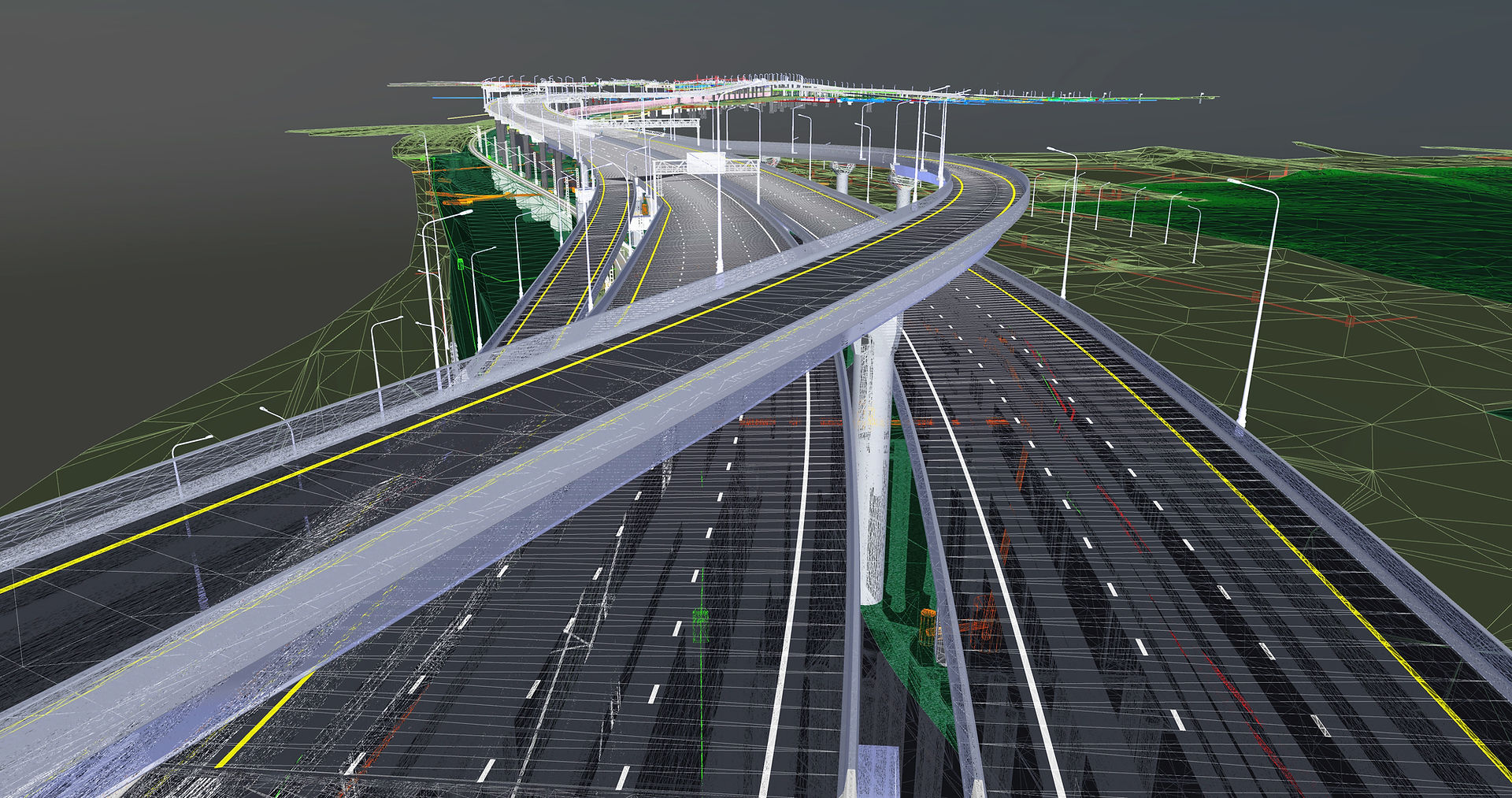Research project RISKMON (EN)
- Markus Hoffmann
- Dec 12, 2019
- 2 min read
Updated: Feb 19, 2022
Vienna, December 2019:
RISKMON has investigated the conception, implementation and integration of partially automated inspections of civil structures, natural hazards, existing routes and unusual events using unmanned aerial vehicle systems (UAV) and sensors for ÖBB, ASFINAG & BMVIT.

Project title
RISKMON – Structural inspection and RISK-MONitoring with Industrial Drones (UAS/UAV)
Customers
FFG/BMVIT, OEBB and ASFINAG
Type
Research project (FFG-Call VIF2016)
Duration
September 2017 to November 2019
Partner/Role
Bladescape (KMU), IQSOFT (KMU), BOKU-IKI (Universität) with project application development and scientific project management
Project goals
RISKMON researches the conception, implementation and integration of partially automated inspections using unmanned aerial vehicle systems and sensors (UAS)
civil structures: Inventory and condition assessment of bridges and retaining walls with drones and sensors for damage evaluation, visualization and system integration
natural hazards: condition assessment, preparation of measures and deployment (blasting) before / during / after natural hazards / mudflows / avalanches with integration, LCC analysis and recommendations for further use
track inspection: inventory and condition recording as well as change detection and approval on routes of the ÖBB and ASFINAG with integration of existing systems as well as GIS and application recommendation
Extraordinary events: Clarification and danger prevention in the event of unusual events on existing routes, locations, accident areas with identification and integration into hazard plans
Results
Development and application of innovative solutions for the efficient acquisition, digitization and management of the transport infrastructure with UAS
Improved condition survey and documentation for predictive maintenance
Exact repeatability for quantitative analysis of changes in condition
Clearly structured data management in existing systems for rapid availability
Maximize security and availability of infrastructure assets
Maximum safety in the event of natural hazards and poor accessibility
Increased efficiency by optimizing the use of resources and the lifespan
Specific applications and use cases with a step-by-step implementation
Application-specific device settings (UAS, sensors) and flight planning
Formats and instruments for data analysis and data analysis
Comprehensive concept for digitization & integration in existing systems
Recommendations for organizational framework conditions for the implementation
Presentation of specific research needs and development potential
Allows cost savings in inspection and choice of measures
Projektlink RISKMON with final report at FFG:
Projektlink Infothek BMVIT:













Comments